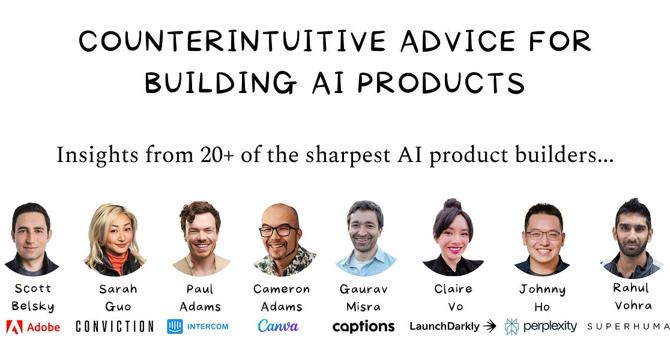Lenny's Newsletter
4M
124

Image Credit: Lenny's Newsletter
Counterintuitive advice for building AI products
- AI is quickly becoming ubiquitous, with 60% of companies having already integrated it into their products and another 24% planning to do so.
- However, most AI efforts end in failure since the most early AI products suffer from shockingly low retention and engagement.
- To help you avoid wasting your time and resources, these counterintuitive lessons are a must-read for AI builders.
- The first-pass product is often a bolt-on or simple chat experience. The high-value experience is a deeper rethink once you have played with the technology, understood what it really provides more deeply, and then integrated it into a key part of your product experience.
- It’s easier and safer for startups to work on harder problems rather than problems with current foundation models. We’re excited about riding the capability curve of improving models, instead of fighting that progress.
- Historically, understanding the value a new product provides to people with different functional needs was enough, but AI changes this dynamic.
- Building AI products looks a lot like building products and requires homing in on real user pain points, iterating closely with customers, and holding a high bar for a delightful user experience.
- AI tools require a combination of intuitive product design and education to support behavior shifts. Experimenting to find the right UI/UX for an AI feature can have a big impact on conversion metrics.
- The data and interfaces may become more important than the models themselves, and those with proprietary or uniquely structured data will have an advantage.
- Be intentional about your first pass AI. Build a wedge workflow that solves real customer problems and provides a unique value that's hard to replicate.
Read Full Article
6 Likes
For uninterrupted reading, download the app